LOADING
Patellar instability and maltracking can significantly impair knee function, leading to pain and limiting daily activities. Assistive patellar stabilizers are designed to provide targeted support, ensuring proper patella alignment during movement. This article explores various stabilizer options tailored to address specific patellar issues, offering insights into their features and appropriate applications.
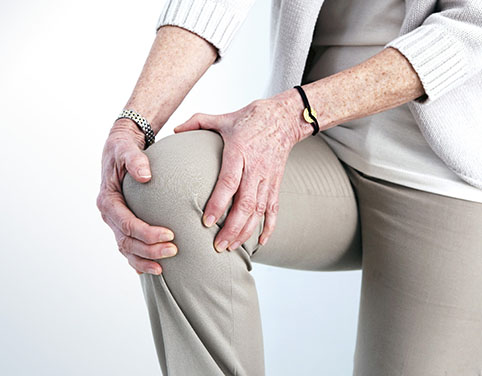
It is estimated that up to 40% of knee injuries are caused by patellar problems, which disturb movement especially during squatting or descending stairs and cause serious anterior knee pain (Rothermich MA et al., 2015).
Patellar tracking is guided mainly by the quadriceps and patellar tendon which presents the motion of the patella relative to the femur or femoral groove during knee flexion and extension. However, various forces on the connective tissues around the patella may cause tracking abnormalities, which are related to many disorders of the patellofemoral joint.
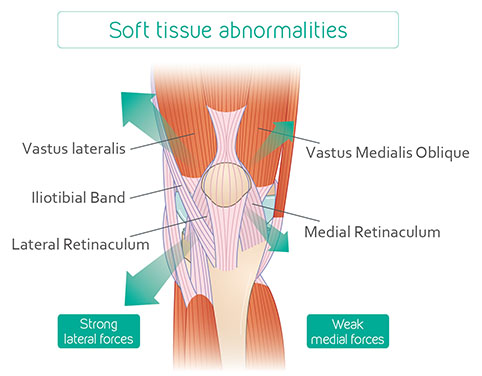
Physicians and therapists realign the patella and help patients regain patellar mobility through professional techniques for applying corrective forces on the patella. Maintaining the corrected position of the patella after treatment until the next appointment may enhance the prognosis.
Provide sustained forces and protection for the patella, maintaining proper patella tracking during knee movements in daily lives. OPPO Medical offers guiding principles to assist medical professionals with selection of the most appropriate patella brace for patients and achieve better prognosis.
Patellar subluxation due to structural imbalance or pre-trauma requires the 2923 C-knee Stabilizer with adjustable C-shaped pad as a barrier against patellar displacement. The pad may be placed according to the subluxation condition and direction of the patella. Medical professionals are required for this decision making.
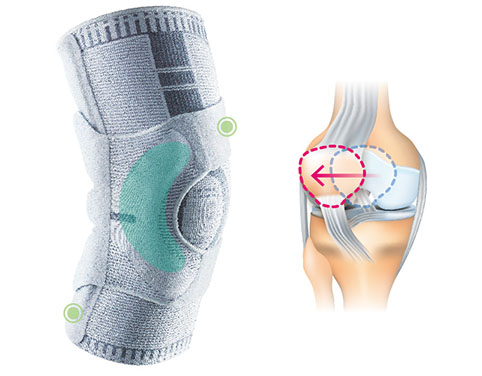
Abnormal patellar tracking resulting from muscular imbalance requires the 2323 Premium C-pad Stabilizer. It offers stability in proper tracking and its delicate knit provides more sensory inputs to elevate knee control.
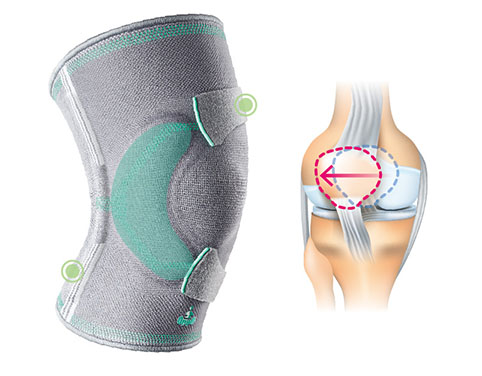
Abnormal patellar tracking with patellar rotation requires the 1028 Patella Tracking Support. Its unique centralized reinforced straps can be adjusted to different degrees of tension to finely adjust rotation of patella as desired.
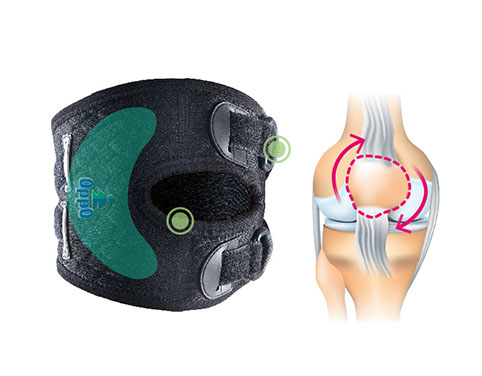
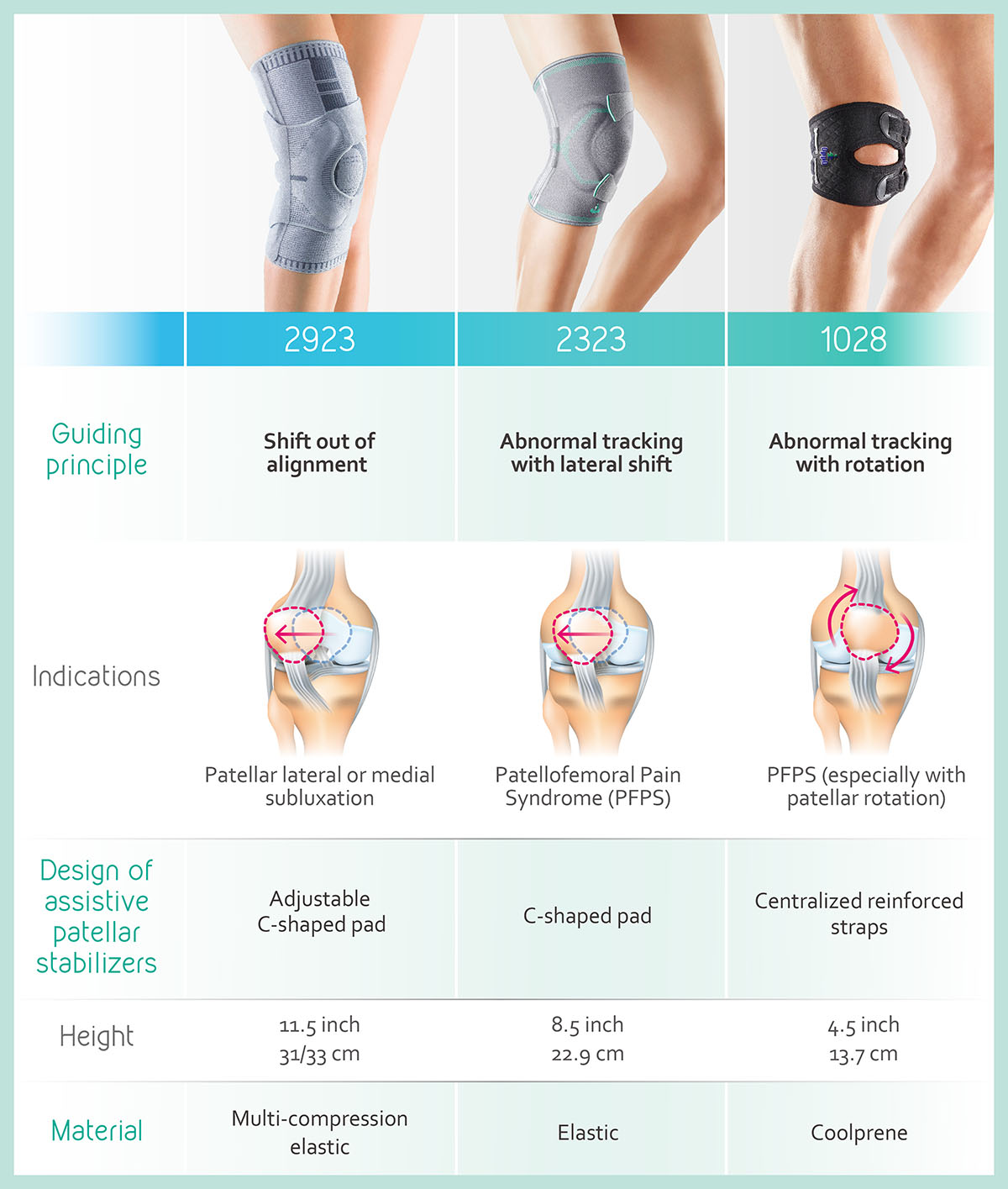
Copy Link